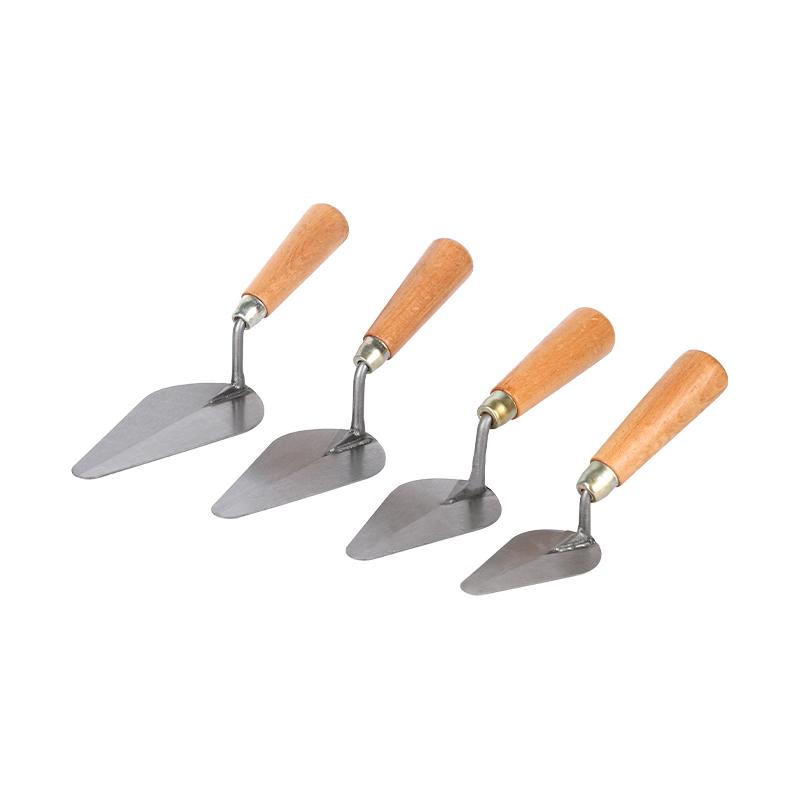In the world of masonry, the Bricky Trowel stands as a symbol of craftsmanship and precision. This essential tool is not just a piece of equipment; it's an extension of the mason's hand, guiding every brick into place with care and accuracy. The Bricky Trowel is designed to handle the rigors of bricklaying, with a sturdy, often angled blade that allows for the manipulation of mortar to create a bond between bricks.
The trowel's blade is typically made from hardened steel, ensuring it can withstand the wear and tear of daily use while maintaining its edge. The handle, often made from wood or plastic, is contoured for comfort and to provide a secure grip, even in wet conditions. A well-balanced trowel is crucial for reducing fatigue during long hours of work, and the Bricky Trowel exemplifies this balance.
The art of using a Bricky Trowel is passed down through generations of masons. It's not just about the physical act of spreading mortar; it's about the finesse with which the trowel is used to create a seamless, aesthetically pleasing structure. A skilled mason can achieve a perfectly aligned row of bricks with minimal mortar visible, a testament to their expertise and the quality of their tool.
In modern construction, the Bricky Trowel remains indispensable. Despite the advent of technological advancements, the trowel remains a cornerstone of the mason's toolkit. It is used not only for laying bricks but also for tuckpointing, which involves removing old mortar and replacing it to restore the appearance of aged masonry.
The Bricky Trowel is a testament to the enduring nature of traditional masonry techniques. It is a tool that bridges the gap between the past and the present, connecting the hands of masons across time. As buildings rise and civilizations evolve, the trowel remains a constant, silent partner in the creation of the built environment.

